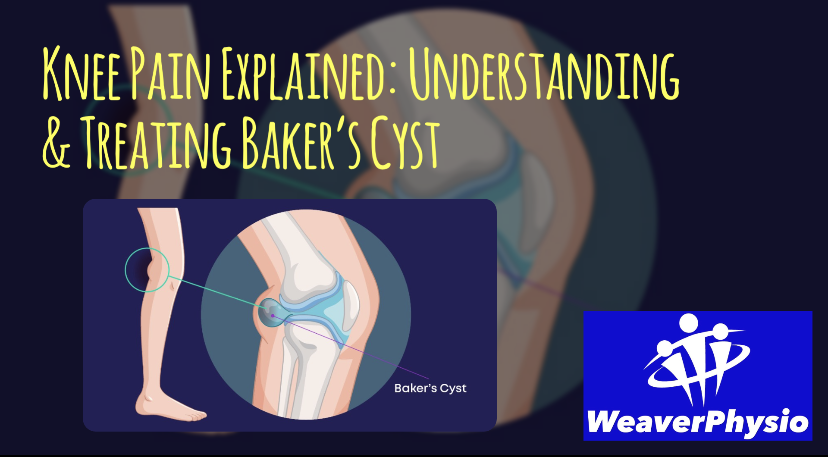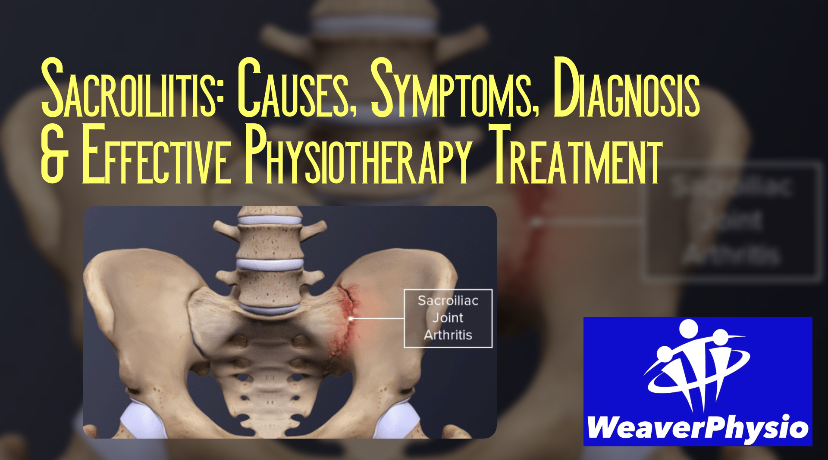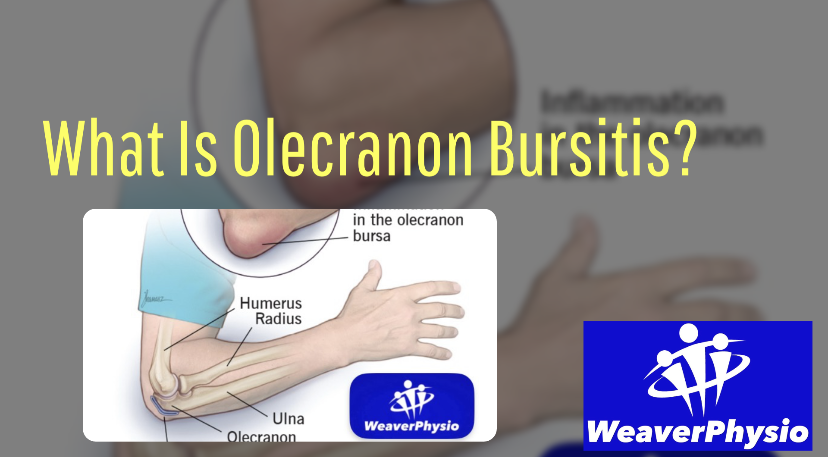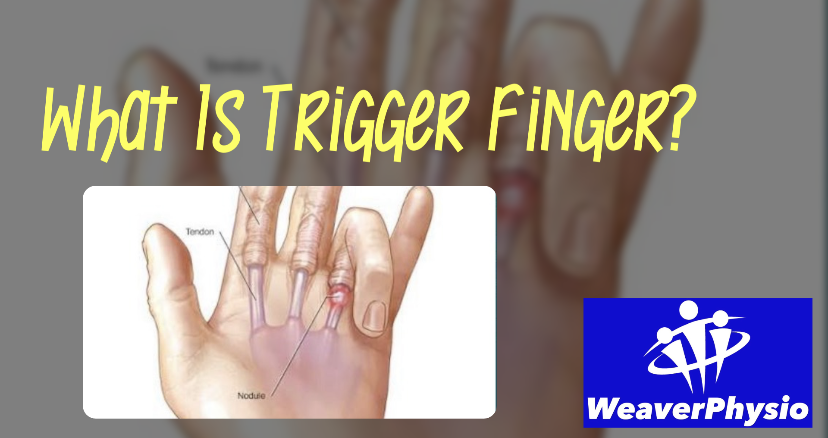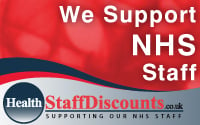What actually works for Plantar Fasciitis
Real evidence. No guesswork

TIRED OF MIXED MESSAGES?
Stretch it. Don’t stretch it. Ice it. Walk through it. Rest. Strengthen.
If you’ve searched online about plantar heel pain (commonly known as plantar fasciitis), chances are you’ve come across all of the above—often in the same sentence.
This guide from Weaver Physio cuts through the confusion with real-world results and evidence-based recommendations.
No gimmicks. No outdated advice. Just proven treatments that actually work.
⸻
1. MOST RELIABLE TREATMENTS (BACKED BY STRONG EVIDENCE)
• Calf and plantar fascia stretching
Daily targeted stretching—especially first thing in the morning—reduces pain and improves mobility.
• Footwear support and orthotics
Supportive shoes and prefabricated orthotics help offload the plantar fascia and assist recovery, especially in the early stages.
• Strengthening exercises (load management)
Strength-based rehab, particularly progressive loading for calf and foot muscles, helps rebuild tissue strength and lowers recurrence risk.
• Education and activity modification
Understanding triggers like prolonged standing or overuse—and adjusting activities accordingly—is essential for long-term success.
⸻
2. SOMETIMES HELPFUL (DEPENDS ON INDIVIDUAL RESPONSE)
• Night splints
These can reduce morning pain in some chronic cases, but aren’t tolerated well by everyone.
• Manual therapy and massage
Hands-on soft tissue treatment can help in the short term—when combined with education and exercise. It’s not effective as a standalone treatment.
• Shockwave therapy
Focused shockwave (offered at Weaver Physio) can benefit long-standing cases that haven’t responded to exercise rehab.
⸻
3. WHAT DOESN’T WORK (OR COULD DELAY RECOVERY)
• Complete rest or immobilisation
Total offloading slows healing and weakens the tissue.
• Repeated corticosteroid injections
Temporary pain relief but risk of long-term damage like fat pad atrophy or fascia rupture.
• “Pushing through the pain”
Ignoring flare-ups and continuing activity without modification worsens irritation and delays healing.
• Random online advice
Generic routines, aggressive massage, and non-specific loading plans can backfire—leading to worsening symptoms.
⸻
4. TIMING MATTERS
With the right plan, most people see early improvement within 6–8 weeks.
However, full recovery—especially in chronic cases—can take 3–6 months.
Consistency beats quick fixes.
⸻
THE PATH TO RECOVERY IS CLOSER THAN YOU THINK
If plantar fasciitis isn’t managed early, it can become chronic and affect everything from walking to sleep. Many people begin limping or compensating—leading to knee, hip, or even back pain due to poor biomechanics.
At Weaver Physiotherapy & Sports Injury Clinic, we offer personalised, evidence-based care to help you heal and return stronger. If you’re unsure where to begin, our expert physios can guide you every step of the way.
⸻
Real Recovery at Weaver Physio Looks Like:
• Adjust—don’t stop—activity
• Stretch daily, especially in the mornings
• Wear supportive footwear (no barefoot walking at home!)
• Strengthen the feet, calves, and hips gradually
• Seek expert help if recovery stalls
This isn’t just theory. It’s the proven path to long-term success.
⸻
#PlantarFasciitis #HeelPain #FootPainRelief #Orthotics #ShockwaveTherapy #StretchToHeal #SportsPhysio #WeaverPhysio #CheshirePhysio #NorthwichPhysiotherapy #InjuryRecovery #MusculoskeletalCare #ActiveLife #PainFreeFeet #EvidenceBasedPhysio
